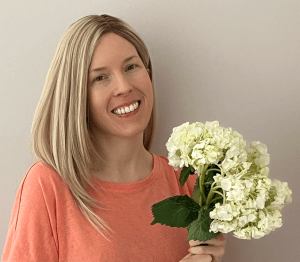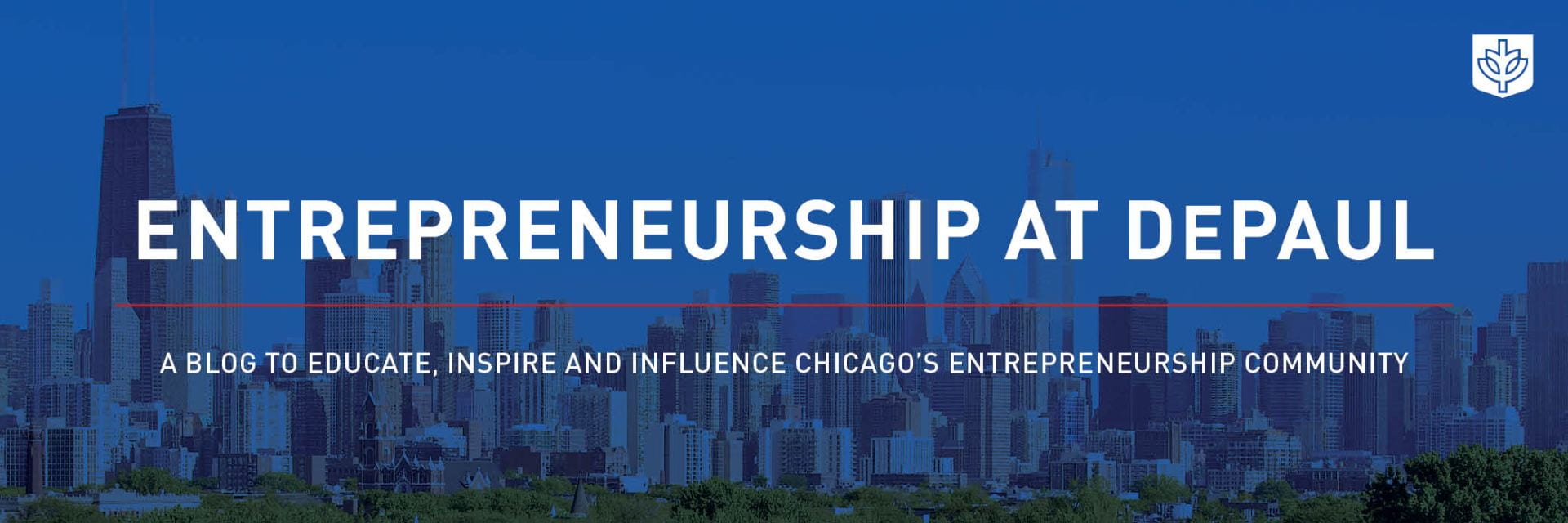
The purpose of spring cleaning is to refresh, to air out, to cleanse and to ready ourselves for the growth ahead. We often spring clean our homes, our inboxes, our wardrobes or even our bodies, such as committing to more nutritious eating as the earth’s spring bounty tumbles in.
Our spring restoration may feel incomplete, however, if we neglect the most central node of our lives: our mind. This is particularly true for those with an entrepreneurial spirit, so committed we may be to endless doing, iterating, ideating, updating, and pushing pushing pushing ourselves – often without end, and often to extreme exhaustion. This state of being is just our nature, but, of course, we will feel far more at peace if we better understand, better appreciate and better manage our restless minds.
And so, I challenge those of you with that entrepreneurial drive, those with an edge of perfectionism, those with a strong, relentless drive to achieve: diligently and lovingly spring clean your mind by weeding out useless habits of thought, casting off unproductive rumination, and by slowing, pausing and focusing your mind even when you feel yourself frenzied with untamed energy for your next step.
How might you do this? Through mindfulness skill.
This series will walk you through mindfulness skills essential to preparing your mind for more focus and equanimity. In it we will learn how to cope with unproductive thought and emotion loops, how to harness mindfulness for creativity, and even how to be more compassionate toward our tendency to ruminate, brood or otherwise look at the world with a bit too much pessimism. This week, to start, we must look at the core of it: what is mindfulness and what is mindfulness’s basic practice?
What Is Mindfulness?
An oft-quoted[1] definition of mindfulness is: paying attention to the present moment, on purpose, non-judgmentally. A careful read of this definition reveals that it asks much of your mind: to pause all your activities and strivings; to marshal your considerable brain power to a single point (the “now”); to do all of this at the direct expense of all other thought; and by the way, while you’re at it, please practice this intense focus only to not evaluate what is currently happening around you and within you – let alone act or react on what comes up. Just ~be~ with whatever comes up in your mind, meaning watch it with a sort of removed, kind interest and curiosity.
What is Mindfulness Practice?
One way to be mindful is through meditation, and you’re likely familiar with this method. Let’s try it for a moment. Set a timer for three minutes, close your eyes and focus on the now, that is, on what is happening right now in your mind and/or body. Often it helps to anchor that focus to your breath. So, during these few minutes, be aware of your breath flowing in and out, with that awareness anchoring you to solely what is happening right here, right now. As you feel your thoughts drift to anything other than the breath, encourage them back to the rising and falling tides of your chest and belly, tides of air moving in and out of your body, in and out of your lungs, in and out of your life….
If you’re unfamiliar with mindfulness meditation, this exercise probably felt like a real grind. That said, if you’re familiar with mindfulness meditation, you might feel the same way – albeit with some good humor about it! Why does mindfulness meditation feel so challenging? Our brains don’t like to be pinned down to the present moment, tethered to the instruction of watching rather than acting, planning, managing, reviewing, projecting, fantasizing, catastrophizing and all the other laborious yet entertaining activities our mind occupies itself with. Some of us may find it uncomfortable and confronting to be so aware of the totality of what our mind thinks, senses, emotes or otherwise considers during those long minutes of narrowed attention. During those three minutes of practice, where did you mind go? Worry and anxiety? Scheming and plotting? To the cute lady in the elevator or the rude self-checkout bot? To your upcoming vacation or your dissatisfied board of directors? To the rumble in your stomach as you consider what to sup on? Common – all common!
Would it surprise you to know that the point of mindfulness meditation practice like this is not only to build the muscle of sustained, intentional focus, but also to practice noticing – without judgement – when you stopped paying attention to the ~now~ and return your attention to it? In fact, these three mindfulness skills are equally important to develop: sustaining attention, noticing inattention without judging yourself, and returning attention.
As we will see in this series, most mindfulness practice, not just meditation, trains these skills. Viewing mindfulness meditation as a grind simply because your mind feels especially active, then, really undercuts the value of meditating when your mind wants to sprint. Consider mindfulness meditation while your mind feels completely revved up like training for a sport with a truly excellent practice partner. Your game will only be leveled up if you challenge yourself.
[1] Professor Jon Kabat-Zinn is mostly responsible for this working definition of mindfulness. Professor Kabat-Zinn famously developed Mindfulness-Based Stress Reduction (MBSR), a program of patient care that builds secular mindfulness skill in people looking for relief from mental and/or physical anguish. Many books by Professor Kabat-Zinn outline the essential methods and tools underlying MBSR and are appropriate for lay audiences. My favorites are: Full Catastrophe Living and Wherever You Go, There You Are.
Up Next:
In the next post in this series, we will explore the benefits of mindfulness for entrepreneurs given their unique occupational demands, and later in the series, we’ll see how being a non-judgmental watcher of your mind and body can be used to improve decision-making, reactivity and coping with stress.
Mindfulness Exercises:
Daily mindfulness meditation
- Continue to familiarize yourself with your mind by practicing daily, mindfulness meditation. The duration can be anywhere from a few breaths to a few hours.
- There are many apps (free and paid) that support mindfulness. Headspace is my preferred app.
The Brain Dump
- At a random time during the day (chosen in advance), pause for 1 to 5 minutes and record the thoughts, feelings and urges currently in your mind – use stream of consciousness
- About once per week, review your brain dumps
- Notice that your mind is never without thought/feeling, and that you are never incapable of recording what’s going on (even if you say “I’m experiencing confusion!”)
- Notice how wildly variable your thoughts, feelings and urges are
- Notice how differently or similarly you think/feel currently relative to your brain dumps
- Notice how you react to certain thoughts/feelings
- What is the point of this exercise? Build mindfulness beliefs.
- Demonstrate that you can understand what is happening in your mind
- Demonstrate that what composes your mind is always fluctuating
- Start to separate “you” from the non-stop saga of your mind … once you’re able to do that, flexibility soon follows
Questions?
Reach out to Professor Grace Lemmon at glemmon@depaul.edu if you have questions about this post. Or, if your company is interested in applied mindfulness training, Professor Lemmon is happy to connect with you through collaboration with DePaul University Executive Education.
This is Part 1 in the Spring Cleaning for the Entrepreneurial Mind Series by Associate Professor Grace Lemmon. Read Part 2: Why Should Entrepreneurs be Mindful?

Grace Lemmon is an Associate Professor in the Department of Management & Entrepreneurship in the Driehaus College of Business. A research expert on topics related to stress management, including burnout, engagement, work detachment and work recovery, Professor Lemmon is particularly interested in how people develop more fulfilling relationships with work through value alignment. One of her most popular course is The Mindful Leader, which explores how to apply mindfulness to be a better leader of others and oneself.
